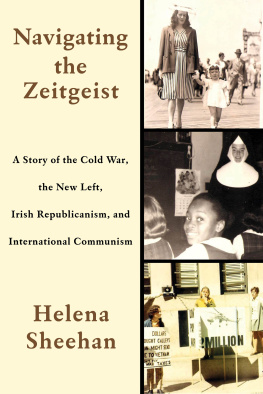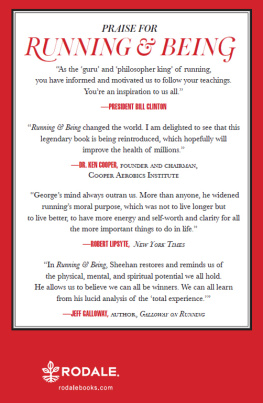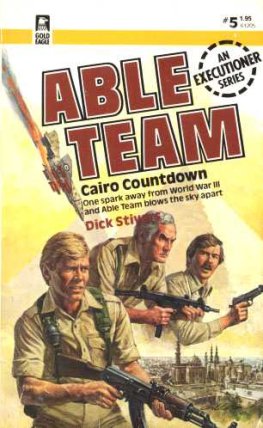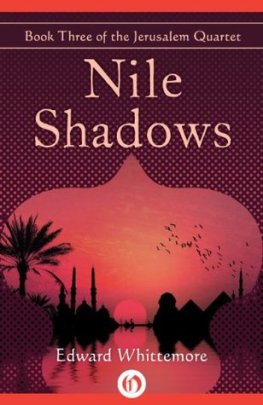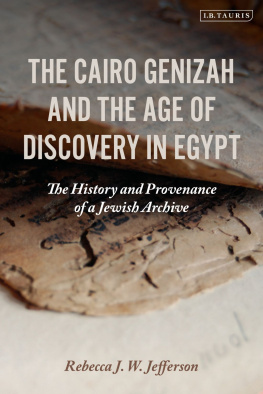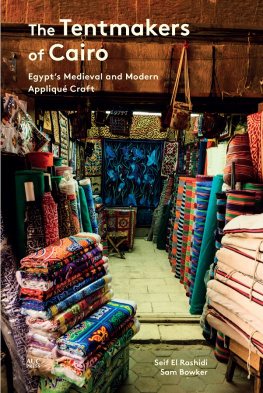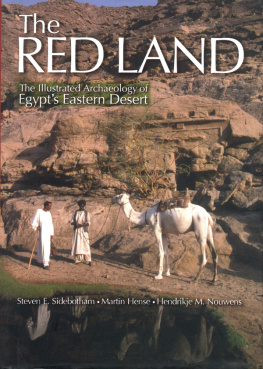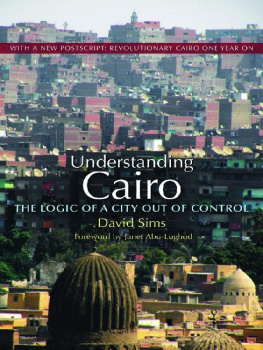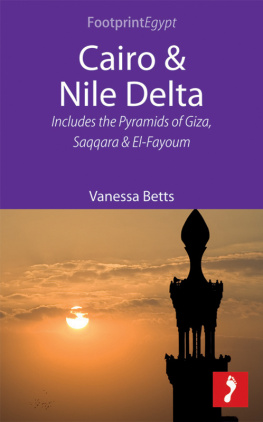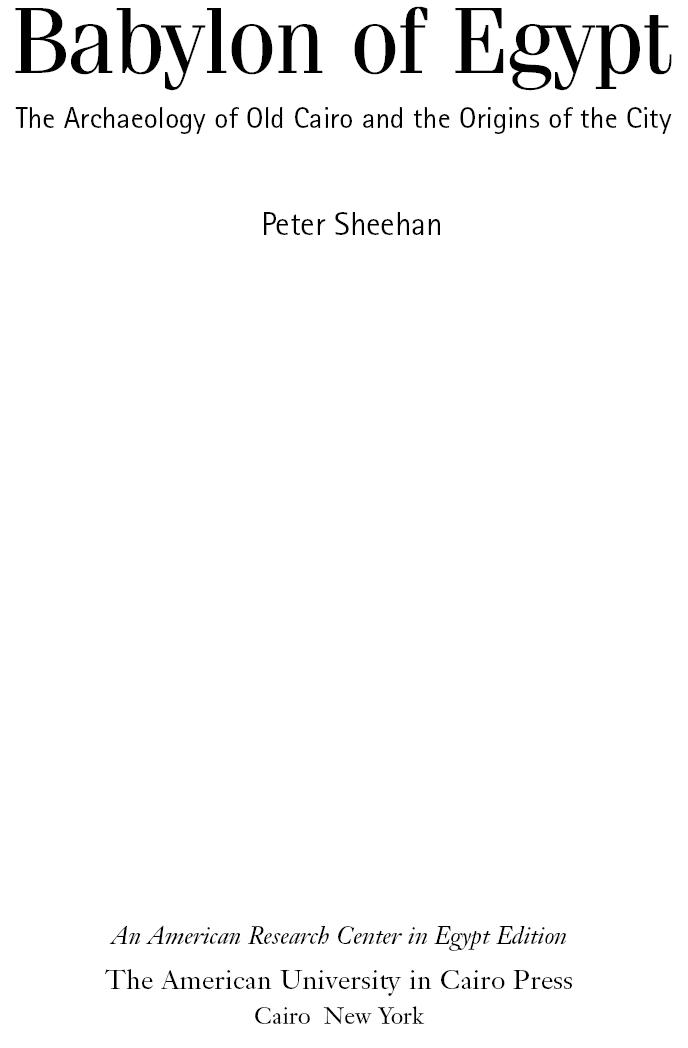Sources of Illustrations:
Travelers in the Middle East Archive: fig. 5; The British Library: figs. 6, 17; Michael Mallinson: fig. 8, pls. 38, 39; Jose Santos: figs. 9, 51, pl. 34; Rare Books and Special Collections Library, American University in Cairo: figs. 13, 35, 39, 49, 50, 58, 59, 61, pl. 35; Lehnert and Landrock: fig. 14; Fotocea Unione, American Academy in Rome: fig. 22; Comit and SCA archives: figs. 28, 29, 46, 54, 62, 64, 65, 66, 67, 68, 69, 71, 72, 73, 74, 75; Mohammed Fahmy: figs. 38, 47; Nicholas Warner: fig. 45; Canadian Centre for Architecture: fig. 55; Institut franais darchologie orientale (IFAO); fig. 60, pl. 27; Peter Sheehan: figs. 70, 76; K Lutley and J Bunbury: pl. 18; Imaging Papyri Project, University of Oxford and Egypt Exploration Society: pl. 25.
First published in 2010 by
The American University in Cairo Press
113 Sharia Kasr el Aini, Cairo, Egypt
420 Fifth Avenue, New York, NY 10018
www.aucpress.com
Copyright 2010 The American Research Center in Egypt
2 Midan Simn Bolvar, Garden City, Cairo, Egypt
8700 Crownhill Blvd., Suite 507, San Antonio, TX 78209
This publication is made possible by the generous support of the American people through the United States Agency for International Development (USAID). The contents are the responsibility of the author and do not necessarily reflect the views of USAID or the United States Government.
All rights reserved. No part of this publication may be reproduced, stored in a retrieval system, or transmitted in any form or by any means, electronic, mechanical, photocopying, recording, or otherwise, without the prior written permission of the publisher.
Dar el Kutub No. 4133/09
ISBN 978 977 416 299 2
Dar el Kutub Cataloging-in-Publication Data
Sheehan, Peter
Babylon of Egypt: The Archaeology of Old Cairo and the Origins of the City / Peter Sheehan.Cairo: The American University in Cairo Press, 2010
p. cm.
ISBN 978 977 416 299 2
1. Ancient EgyptAntiquities I. Title
1 2 3 4 5 6 15 14 13 12 11 10
Designed by Sally Boylan
Contents
Figures
Plates
The American Research Center in Egypt (ARCE) first supported a project in Old Cairo in 1999 that was conducted by Mallinson Architects under the auspices of ARCEs Egyptian Antiquities Project (EAP), generously funded with a grant from the United States Agency for International Development (USAID). This project identified some ways in which the rich cultural heritage of Old Cairo could be conserved for the benefit of current visitors and future generations.
When USAID decided to fund a project to lower the groundwater in Old Cairo in 1999, ARCE/EAP also decided to fund an archaeological monitoring component to accompany it. The project remained active until 2005, and it is gratifying to see the results of this pioneering effort now presented in this handsome volume in the ARCE Conservation Series published through the American University in Cairo Press.
It is important to understand why we are drawn to such a difficult and complex area as Old Cairo and why the archaeological work and its results presented in this book matter. First, there is the cultural and intellectual significance of the origins of Cairo, one of the worlds great cities. Second, the impressive remains of Roman architecture belonging to the fortifications of Diocletian still inspire admiration despite the adaptations that have taken place over the centuries. Third, the numerous churches and the synagogue have played a major role in the multi-cultural and diverse heritages, which have been a vital aspect of Egypt from ancient to modern times. Fourth, the remarkable survival of so much tangible and intangible heritage in such a small and defined area presents a challenge. Both act as powerful influences on identity and reinforce social, political, and religious affiliations. Numerous interest groups represent a range of frequently conflicting agendas and opinions, yet their presence and their weight result directly from, and have a direct bearing on the survival of the rich cultural inheritance preserved here. Life goes on for the local res-idents in an area where the main focus is historical monuments and where the numerous claims made on them often overshadow other more pressing needs. For the archaeologist these issues are complicated by the physical constraints of working in confined public and private spaces.
At Old Cairo, the American Research Center in Egypt had the opportunity to work in this challenging environment and thereby recover archaeological information that has transformed present scholarship on the history and development of Old Cairo. After over a century of theorizing based on sporadic excavations, reading of historical literature often in isolation and the religious traditions of the area it is now possible to construct a plausible model for the founding, development, and history of settlement here based on actual archaeological data gathered from a wide area and using a variety of different methods and approaches.
The archaeological work and its results presented in this book accompanied the implementation of the Old Cairo Groundwater Lowering Project. This project was funded by the United States Agency for International Development and was carried out under the supervision of the designing engineers, the U.S. firm C.C. Johnson & Malhotra (CCJM), in collaboration with the Supreme Council of Antiquities and the Cairo Wastewater Organisation. Numerous individuals contributed to the success of the project. Nevertheless it was due largely to the encouragement and support of Shree Gokhale and Rajan Patel of CCJM and the determination and persistence of Peter Sheehan, Muhammed Khalifa, and their teams on site that information was recorded and is now published.
The project began in 2000 and was developed by Robert Chip Vincent and Michael Jones at ARCE in consultation with Ann Paterson, project officer at the United States Agency for International Development (USAID) for the Egyptian Antiquities Project of ARCE, and Gokhale and Patel at CCJM. Sheehan was contracted to manage the archaeological work on site. His job, together with his site assistants, was not limited to conventional archaeological excavation. Waterlogged conditions required specialized approaches and equipment, including fishermens waders and assessing archaeological deposits from the reports of divers feeling their way blind in the muddy water at the bottom of test trenches and manhole excavations. The project presented a one-time opportunity to investigate buried archaeology that may never be repeated, and it developed beyond its initial conception of monitoring the construction work into a team of professionals collaborating in the field and on post-excavation research.
Peter Sheehans work in Old Cairo and his assessment of the discoveries made during the course of the groundwater lowering project present two major successes and an important challenge. They show how archaeological work carried out in accordance with modern standards and procedures, often under very difficult circumstances, can augment and even enhance the results of a major construction and engineering project. They have also successfully amplified knowledge about Old Cairo on an unprecedented scale, thereby providing extensive new raw material for historians and other professionals in related disciplines. This project establishes a model that can be repeated elsewhere, and there is now a pressing need for similar successful partnerships to be applied wherever major construction works designed to protect and preserve cultural resources impact archaeological sites.


